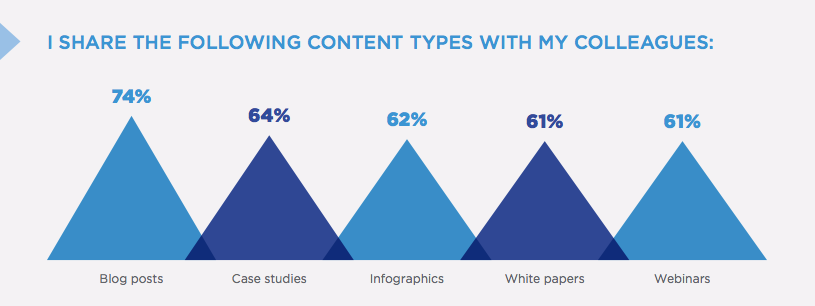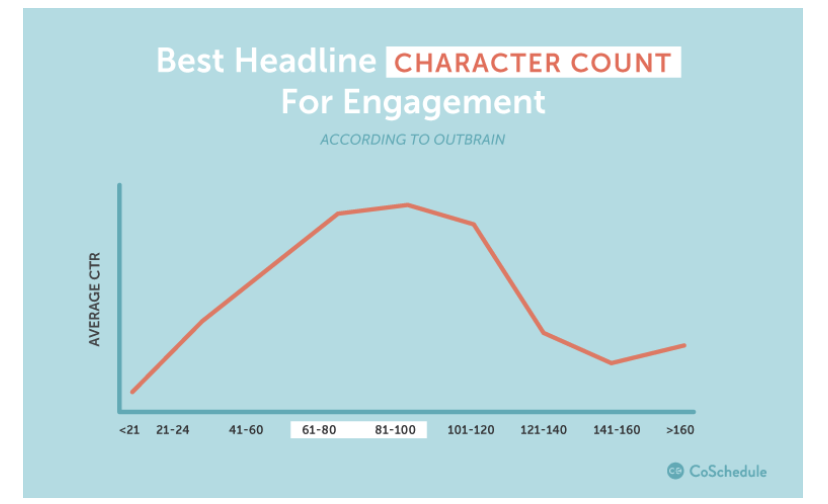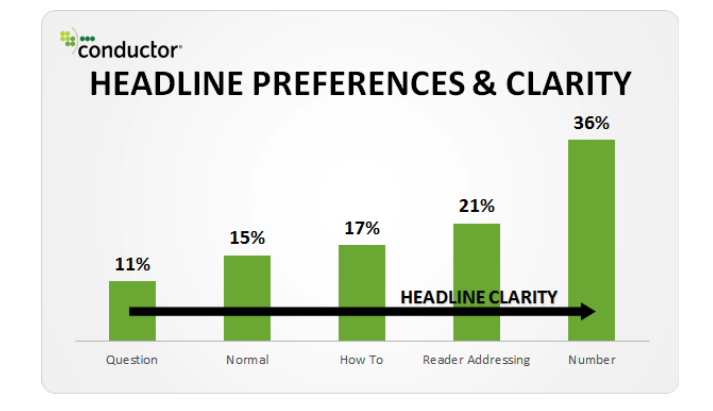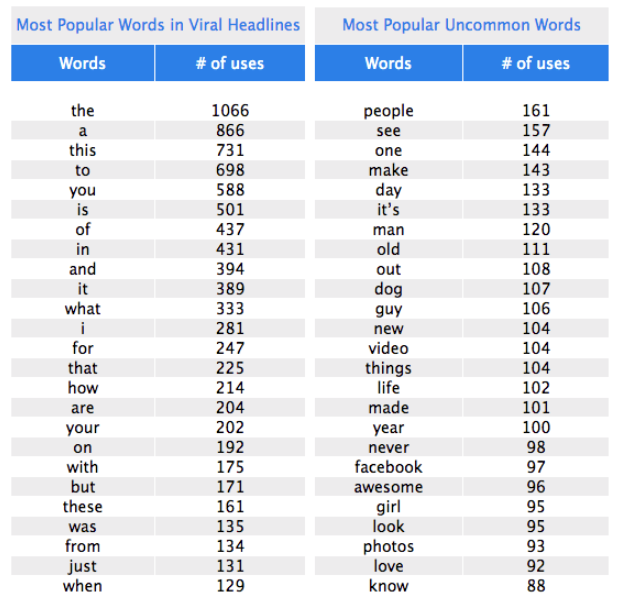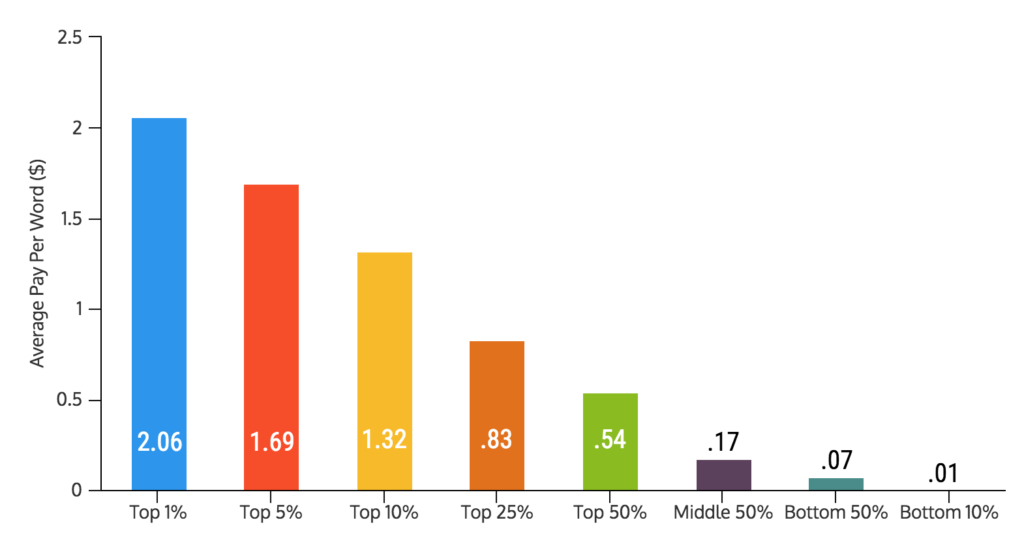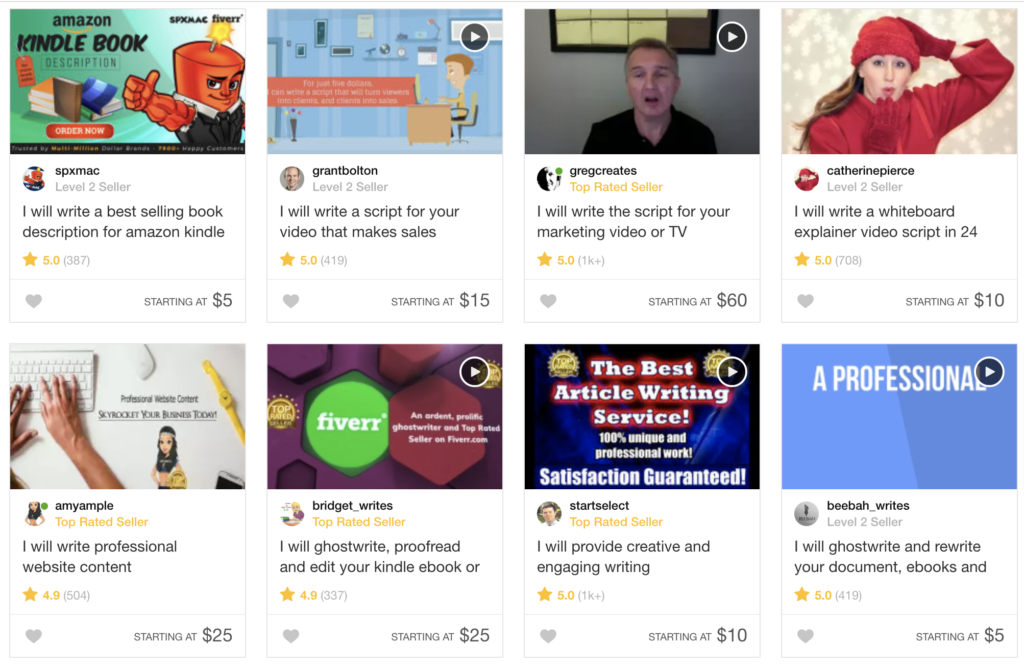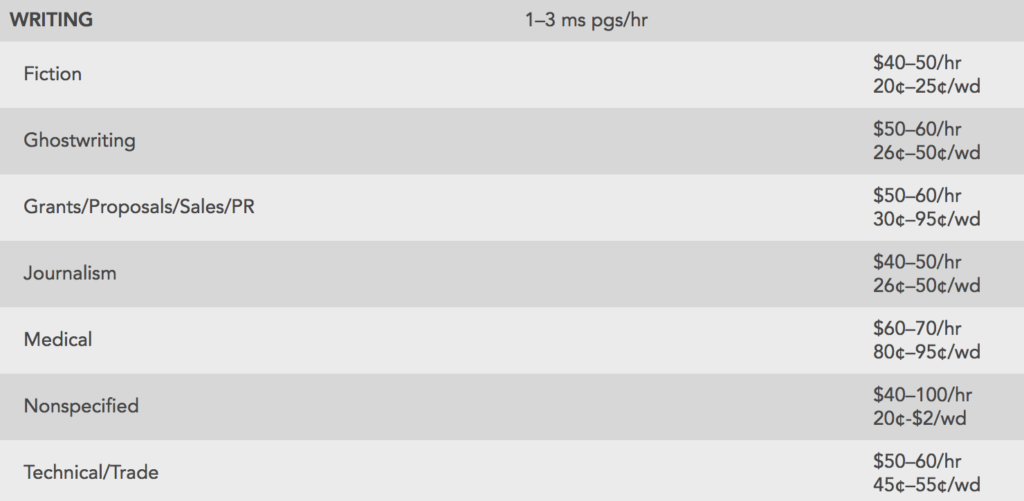If there’s one truism in the world of content marketing, it’s that things are fluid. The digital world moves at a fast-pace, Which means that brand marketers must keep up. Every marketing mix should have some breathing room for experimentation, as emerging techniques and trends often deliver outsize results compared to the investment.
Even so, we know that keeping up can be exhausting. Just when you think you got a handle on one new channel, another one pops up!
Or, once you hit your stride, that particular channel changes its rules. So rather than just chasing the shiny new thing, consider how consumer preferences impact the types of content you create, the channels you invest time, and the overall marketing mix you pursue.
Here are nine essential content marketing stats for brand marketers in 2020. We pulled these interesting content marketing stats first into a full infographic, with the text to follow.

#1: Video on the rise
Video continues to be an important piece of any content marketing strategy — especially when targeting decision makers. There is real utility for video on landing pages, social media, websites, and throughout the buyer journey. It informs and educates potential prospects and current customers, as well as increases the diversity of content offered by your brand.
With 59% of executives most likely to choose video over text (per Tubular Insights), it’s important to offer this medium to your decision makers in their buying journey.

#2: Let’s try live
Beyond scripted videos with high-production values, many consumers in B2B and B2C contexts are watching live videos. Facebook, Twitter, YouTube, Twitch: live is what’s next. Per Wyzowl, while not all marketers have tried broadcasting live, those that did found it to be effective.

#3: Video means conversion
Video is an effective boost to conversion. By building trust and authenticity, video shows prospects more about your company. Consider adding a video to your landing page to improve your conversions, as well as using video to answer any common questions or important education topics. Per Bonfire Marketing, the vast majority of people who viewed a brand video were convinced to purchase.

#4: Video means revenue
By increasing conversions through video, marketers are able to deliver stronger revenue results when compared to peers that do not use video. The reality is that there are options and opportunities that can be amplified and enhanced through smart content, especially in an engaging format like video. Content marketing must include video!
#5: In content we trust
No one trusts overt marketing messaging. It’s a fact that we all know and experience in our own consumer lives. Use content to show your brand’s authentic self — it works to humanize! Research from Cohn and Wolf shows how vital honesty and authenticity are when people choose companies to do business with.

#6: Use more data
Data and research is the backbone of good content marketing. By using data, research, and statistics to support your content, you offer social proof and increase trust. DemandGenReport’s annual Content Preferences Report found that B2B decision makers are hungry for more data. It’s simply more powerful to back up any statements you make in your content with data and research.

#7: Podcasts still useful
It seems like we have been talking about the growth in popularity of podcasts for years! This still holds true today in content marketing. Especially for those at the top of the funnel. As consumers spend more time in cars, as well as other activities where audio can be played at the same time, there’s a true opportunity to use branded podcasts (i.e. creating your own podcast rather than just ads) to make an impression with consumers.
#8: Blogs matter most
Also increasing in importance are company blogs. Decision makers refer to these blogs throughout the buying journey and use them to determine which companies they want to do business with.
So, while we are biased here at Ghost Works, consider how your company blog can be integrated throughout the funnel to inform, educate, and entertain. The company blog is a fantastic resource that requires much less investment than paid marketing channels, like PPC/SEM, and earned marketing channels, like public relations.

#9: Organic lift through sharing
A focus on compelling, shareable content allows brands to expand their reach. Decision-makers often share content during the buying journey. This exposes new audiences to the brands behind the shared content — an extra bonus that extends ROI of the content.
DemandGenReport found the following sharing habits in its latest 2018 Content Preferences Report. As you can see, it’s clear that B2B buyers share content with colleagues; this behavior is not limited to the B2C setting.
